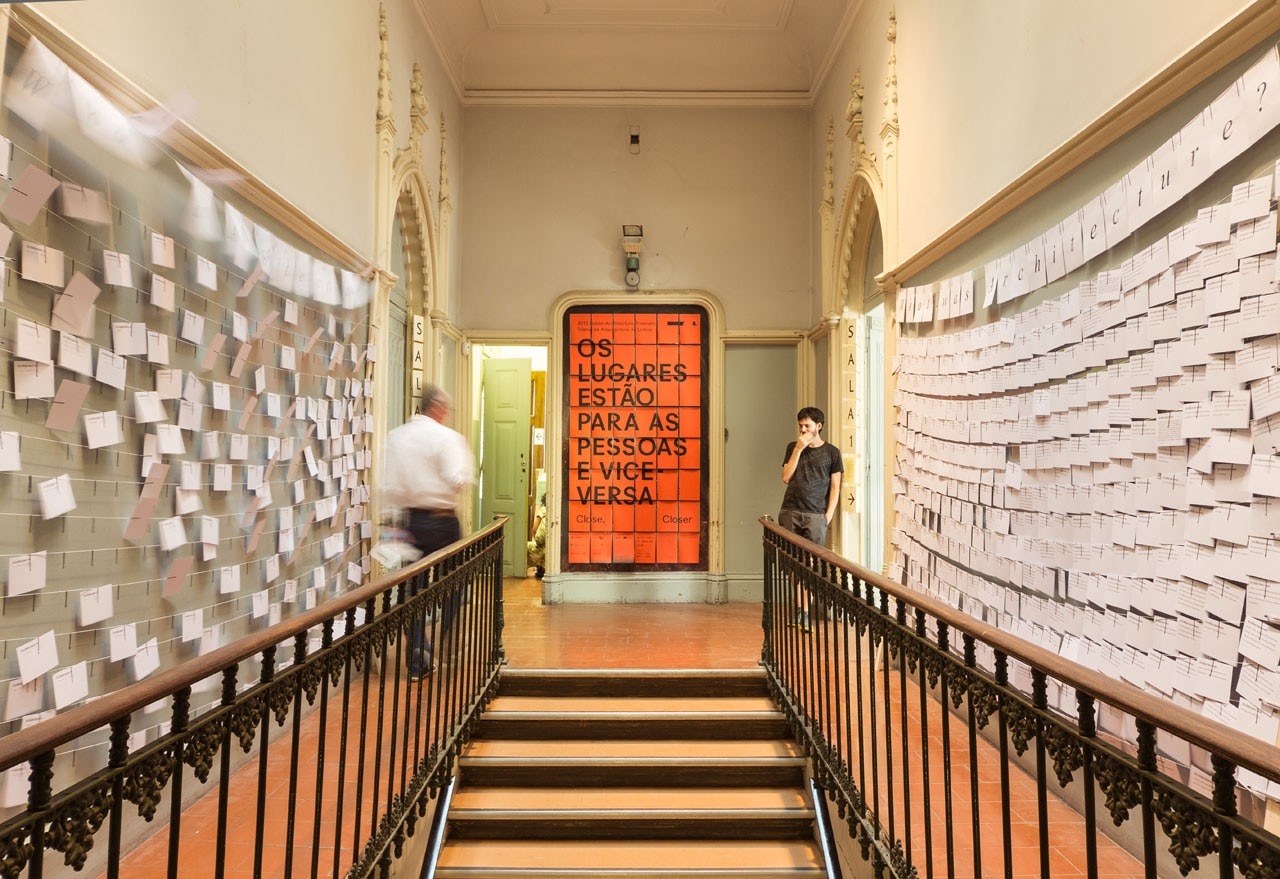With this complex topography distributed throughout its exhibitions and events, the 2013 Lisbon Architecture Triennale is focused from the outset more on the effect an event of this magnitude can have on the city over time. As such, most of the exhibitions are designed to unfold over the course of the next three months, which makes it futile to make any sort of value judgments regarding its success or failure (because, really, who would it be a success or failure for?). Instead, we can orient a critical gaze towards the individual curatorial projects themselves and how they respond to the ambitions, conditions and constraints they have placed upon themselves.
Until 15 December 2013
Close, Closer
Lisbon Architecture Triennale
Palácio Sinel de Cordes
Campo de Santa Clara 142-145, Lisbon


